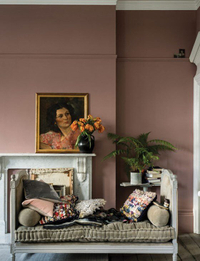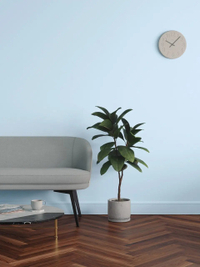Should a dining room be painted dark or light? Designers give us their golden rule to decide easily
When choosing whether to paint a dining room light or dark, keep this advice from interior designers in mind
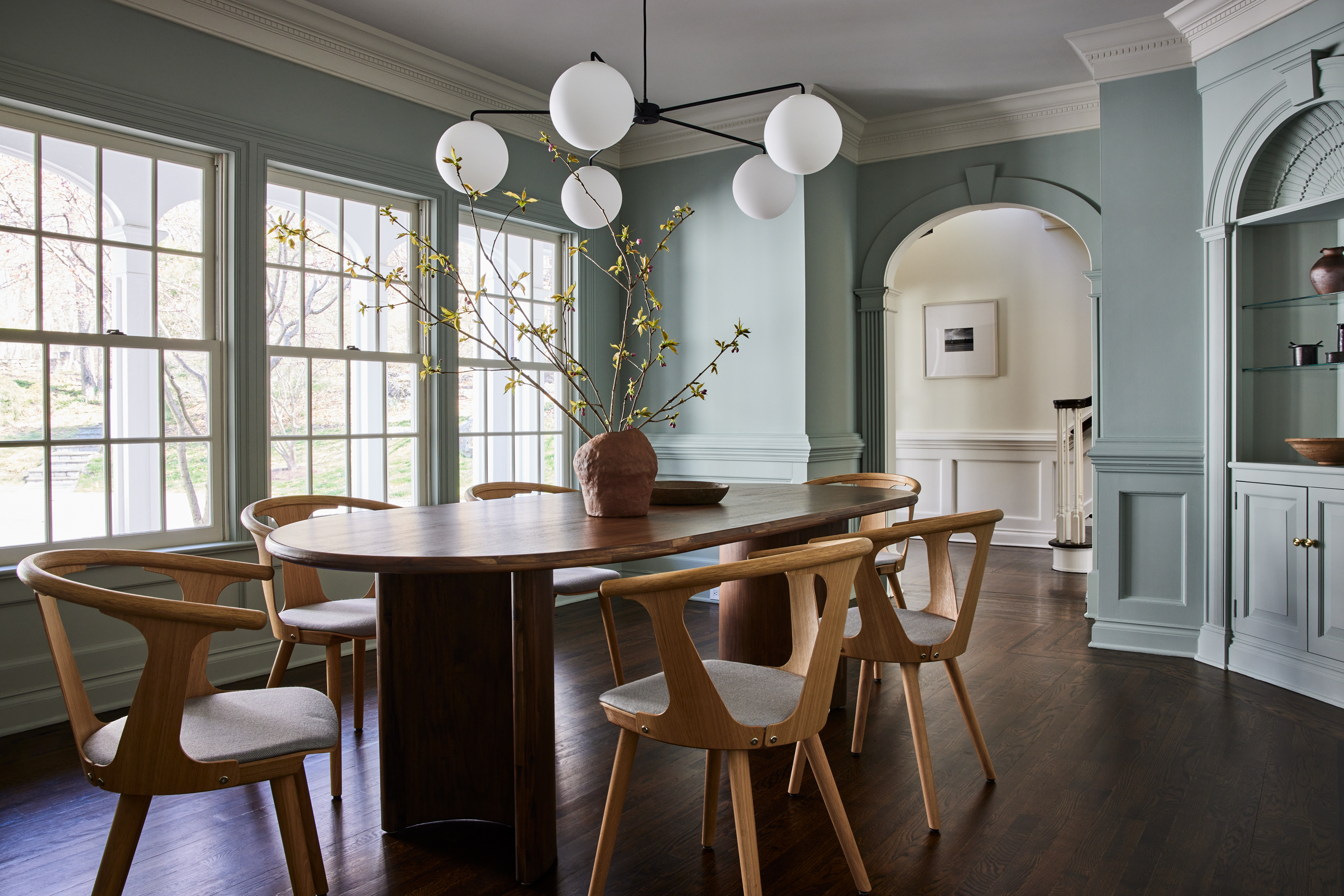

When it comes to decorating a space like a living room, deciding between light- or dark-painted walls really comes down to personal choice. However, in a room like a dining room, used at more specific times of day and for more specific purposes, it's worth considering the effect one choice or the other will have on the room's mood, too.
With your choice, you'll want to match your entertaining style, as this decision can help to set the tone in the room. So, while deciding between going light or dark in your dining room isn't a straightforward decision, there is an easy way to determine what dining room paint idea is going to be the right choice for your home. As it turns out, several factors need to be taken into consideration when choosing the wall color for this room.

Aditi is a homes writer and editor with several years of experience. Her articles, backed by expert insights, offer suggestions aimed at helping readers make the best home design choices. For this article, she spoke to several designers to understand whether a dining room should be painted light or dark.
Should a dining room be painted dark or light?
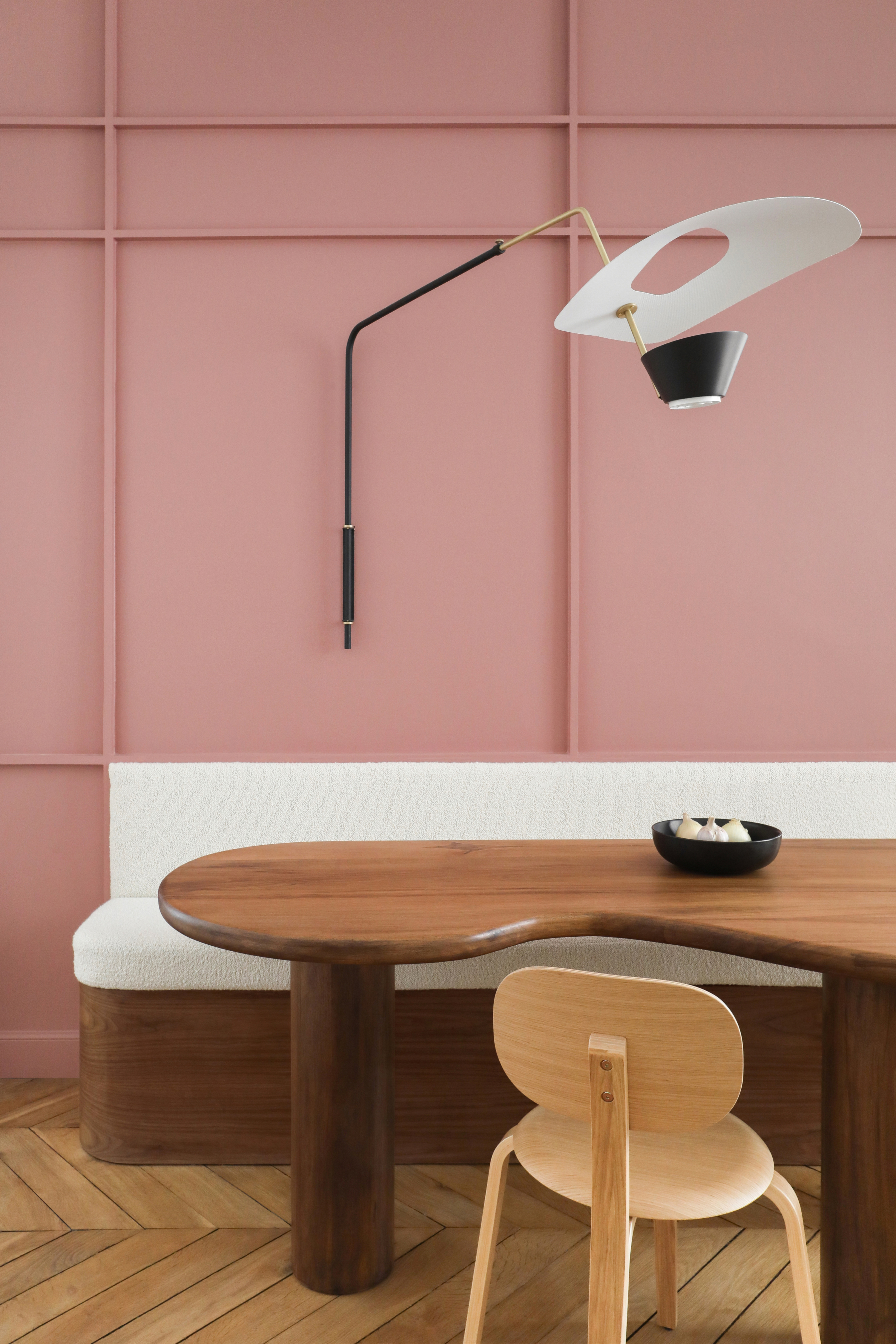
When it comes to dining room color ideas, there is no one perfect dining room paint color. Really, it depends on the mood you want to create, the natural light the room gets, the materials within it, and more.
While, warmer and moodier tones provide a sense of comfort and coziness, and reflect the intention of the space, neutral and muted tones offer a feeling of sophistication, and elegance, and open up the visuals.
'People are becoming more expressive with color at home and leaning into their creative expression,' says Sue Wadden, director of color marketing at Sherwin-Williams. 'Dining rooms are a nice visual break from other rooms in your home where you might spend more time – such as the kitchen or living room – which makes them the perfect space to add color.'
But the question remains - should you paint your dining room dark or light? This is how the experts decide.
Sulking Room from Farrow & Ball
Not overtly pink, this color is a muted rose with warmth. Sulking Room Pink is the ideal hue for a room or even joinery.
Decide based on the mood you want to create
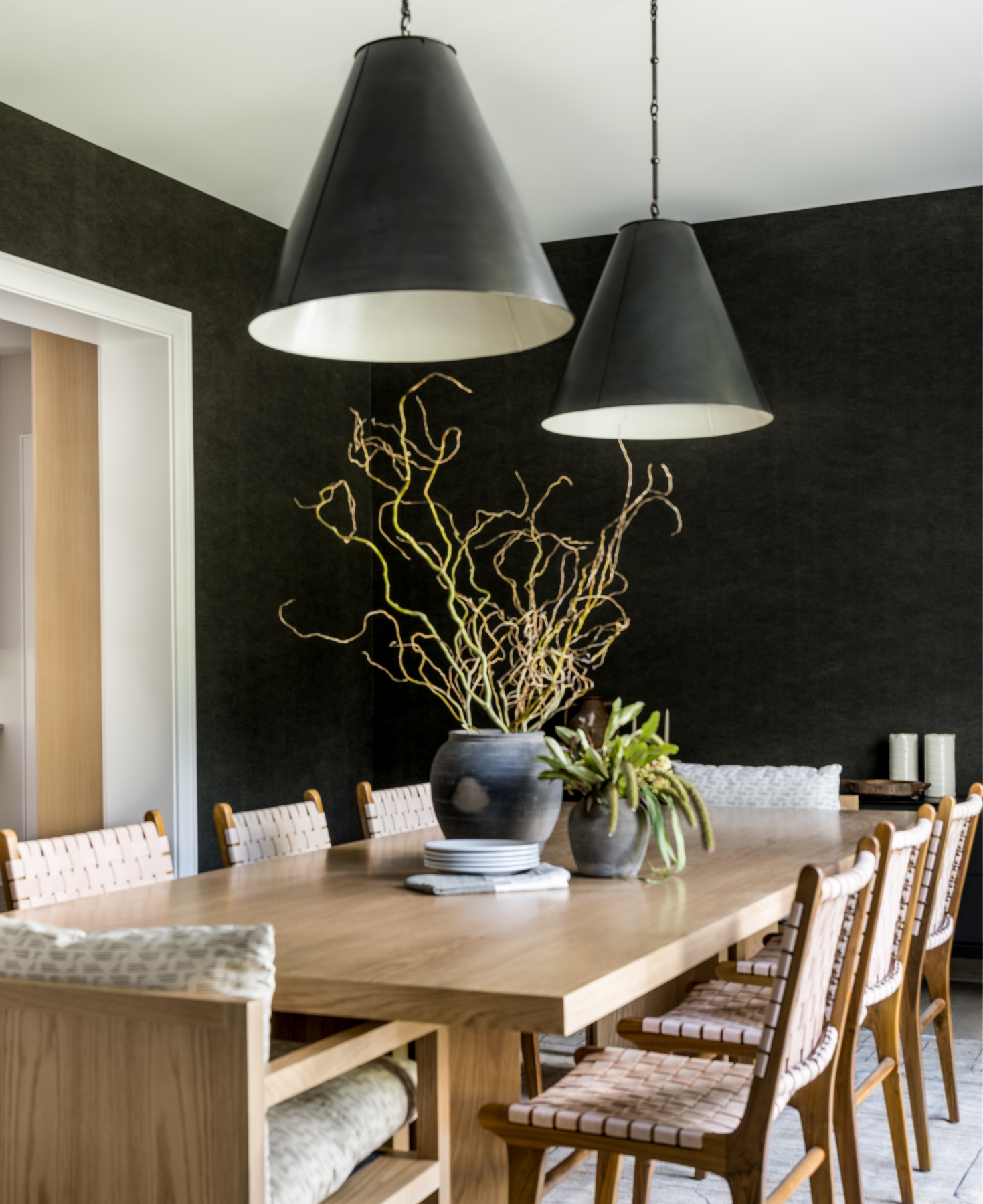
Whether it's a small dining room or a large one, choose paint colors based on the type of mood and setting you to want to create. 'Dining rooms are the hub of a home where people gather to eat and socialize and so it is important to recognize the many senses and emotions already at play,' says John Ashton, a color expert from paint brand Albany. 'Choose colors that evoke the atmosphere you want to create, whether calming and relaxed or fun and entertaining.'
Dark colors recede, making the walls feel like they're closer. For the right dining room, this will create a cozy atmosphere. However, if you want to create a feeling of breeziness and openness or are after a minimalist dining room then neutral paints is the way to go.
'If you’re looking to create a welcoming atmosphere, but also make a statement, consider opting for bold colors and rich textures to create a sophisticated dining room design,' says Ann Marie Cousins, founder, of AMC Design. 'Darker colors can look great, even in smaller spaces, creating a cozy and more intimate feel, especially when complemented with lots of accent lighting from wall lights to floor lamps. Dark blues paired with gold accents is a great combination for creating an eye-catching final look, for example, creating a space that’s perfect for entertaining guests and family,' she adds.
One important color to keep in mind is a bright white – avoid it if you can as this hue can feel too clinical and create a jarring atmosphere in a dining space, especially beside darker wood tones.
Keep natural light into consideration
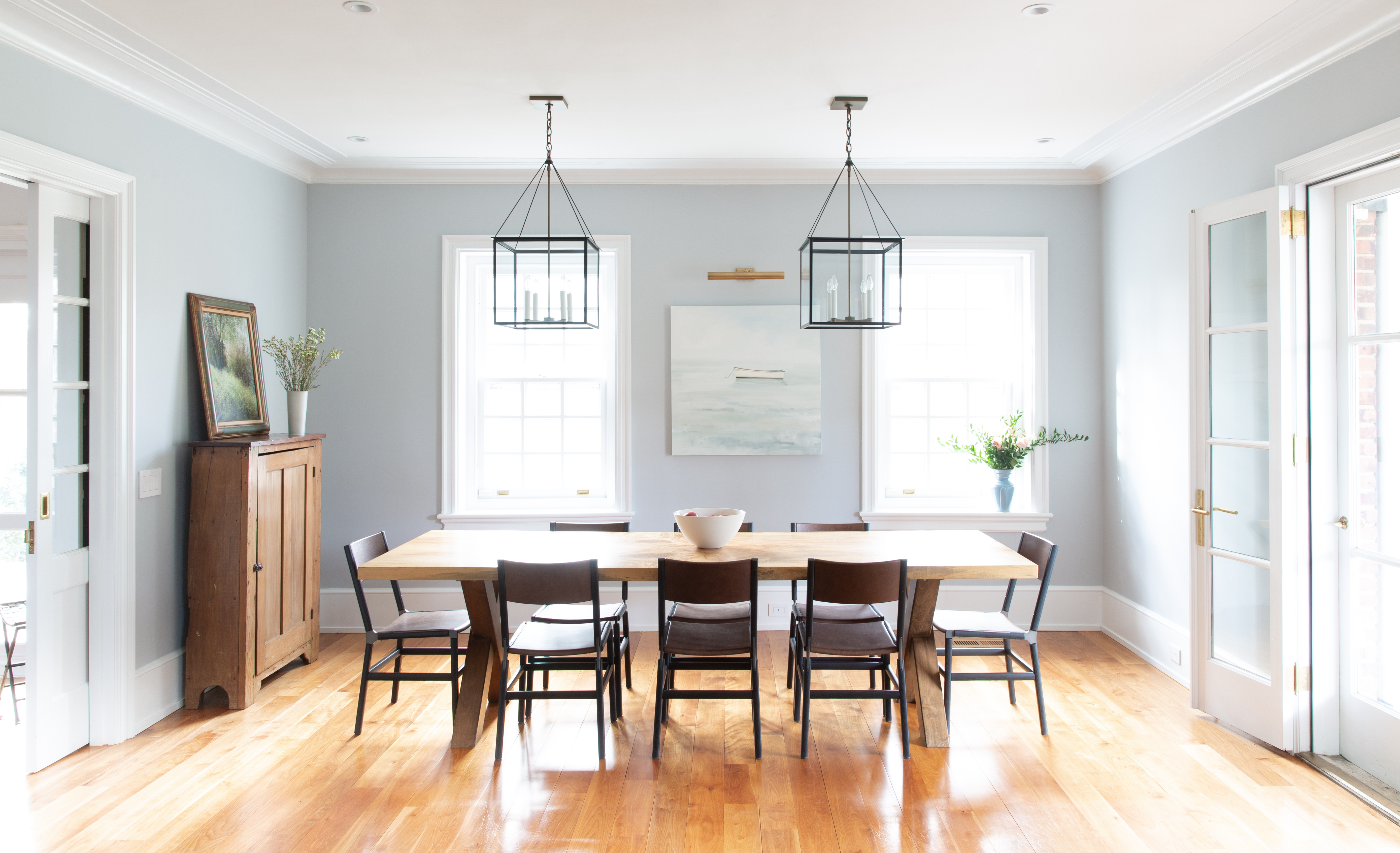
When it comes to dining room lighting, before zeroing in on a hue, think about the natural light falling into the space. Usually, north-facing rooms are cooler, as they receive indirect sunlight. East-facing rooms receive bright, cool morning light, so clear and sunny colors that work both during the morning and evening are ideal.
In the northern hemisphere, south-facing rooms are the sunniest, Vitamin D-rich rooms. The natural light reveals the warm undertones of a color, but especially deep, dark shades.
For some designers, the natural light can play an important role in the decision between light and dark colors. 'Depending on the size of your home, the dining room can either be a homely space which you use every day or an additional hosting space which is used for entertaining, so it can be tricky to choose a color scheme,' says Juliette Thomas, founder and director of Juliettes Interiors. 'I would start by judging how much natural light you have before making a decision. If the room is flooded with natural light, you can be bolder in your color choices and opt for a space which is more dramatic or darker.'
This light and cool blue paint is a soothing tone, with a white cloudiness to it. The tone is ideal for small rooms that need to be opened up to light and breeze.
Consider the materials used in the space
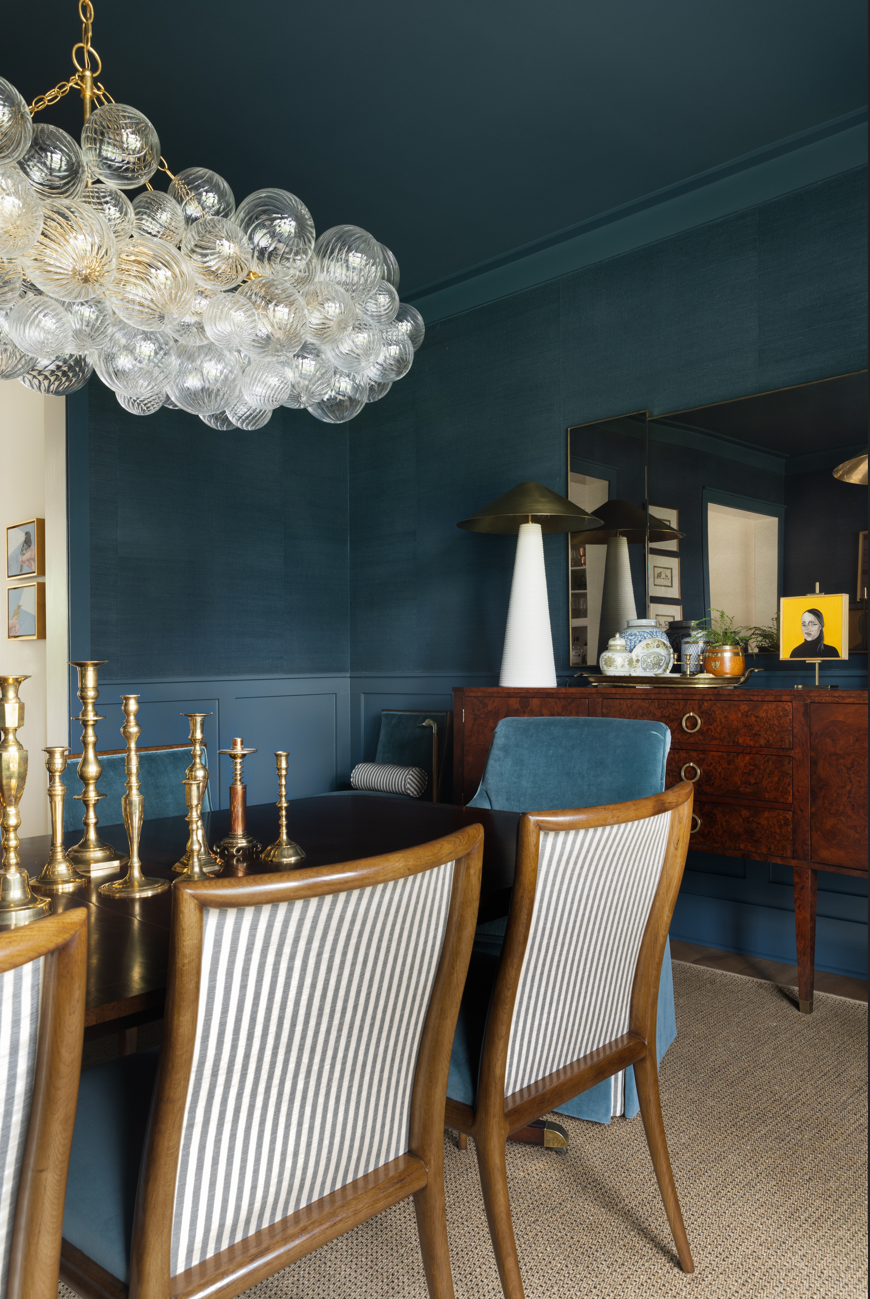
When designing a dining room, think about how the colors will look with the material palette of the space.
'Darker walls look especially good with deeper woods and warm accents like brass or gold,' says Juliette. 'For a darker room, I’d recommend keeping the color palette lighter to allow the space to feel larger. Avoid the space feeling too clinical by adding varying tones and shades, complemented with softer and more indulgent fabrics like bouclé and velvet.'
'So many city apartments, certainly in NYC, are open space combos of colors,' says Jennifer Morris, principal designer, JMorris Design. 'Keeping all rooms a bright white creates a modern loft-like feel and allows the other materials, furniture, and fixtures to shine. We are especially fond of white combined with gorgeous, rich woods as in the console and pendant lights.'
Pay attention to the mood you want to create
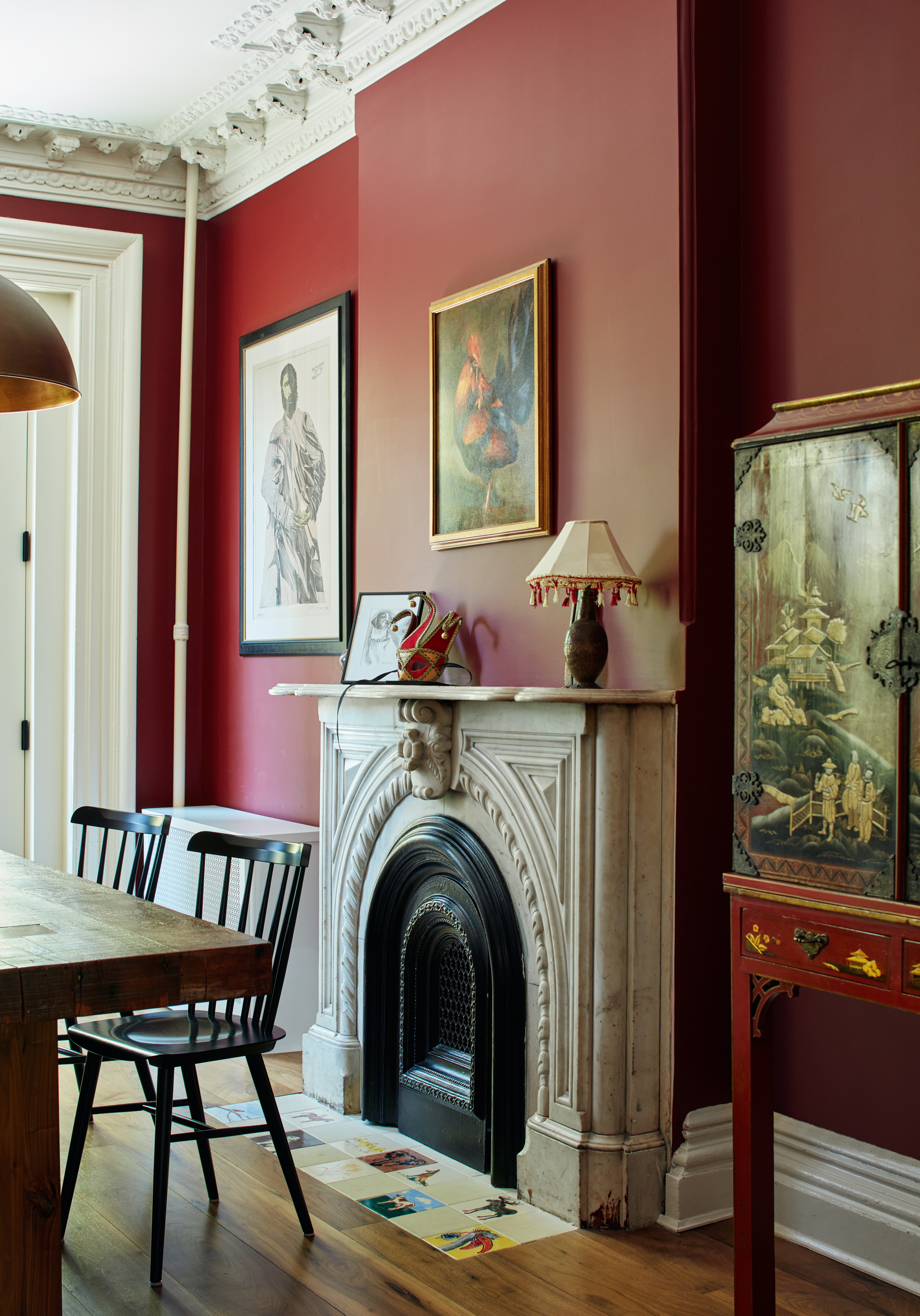
Finally, whether it's a low-key space or a luxury dining room vibe you're going after, choose hues that match the mood you want to create. For a warm, toned-down look, the space is best grounded in warm neutral tones like beige, brown, and black. Especially popular in modern and traditional designs, these tones make the space feel more serene, minimalistic, and curated. Adding too much color to your walls can hinder the sophisticated look you’re aiming for.
But for a maximalist look, go for jewel tones or ultra-luxe, and industrial design colors that lean toward moodier tones that help accentuate and ground the space. Think of tones such as emerald, magenta, and royal blue.
'We're partial to colorful dining rooms,' says Melissa Lee, founder & principal at Bespoke Only. 'As a place to gather and commemorate, we think it's always really nice to inject some energy of merriment through colors, be it dark or light. A colorful room sets a convivial atmosphere and encourages lingering.'
What color should you not paint a dining room?
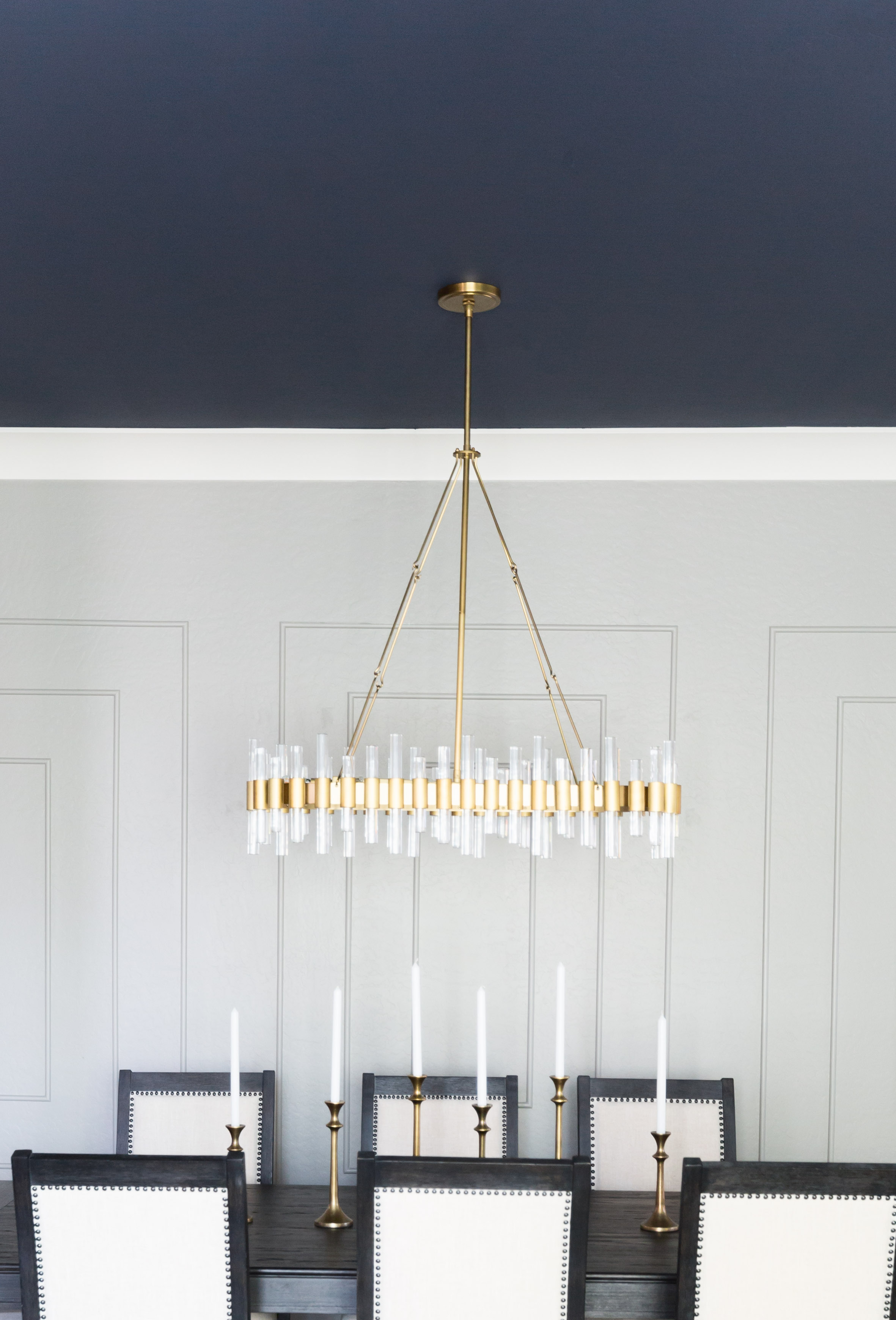
A dining room should ideally be a cocooning, cozy space that radiates a sense of well-being. And so, you should choose colors that translate those feelings and vibes. A big dining room mistake would be to go for hues that are stark, too clinical, and do not match the aesthetics and materiality of the room. So, avoid opting for blue-based neutral colors or shades with a cold undertone. Stay away from pure white.
Also, adding too much color to your walls can kill the sophisticated look you’re aiming for.
Shades such as royal blue, light grey, pastel pink, or terracotta can create an inviting look.
Be The First To Know
The Livingetc newsletters are your inside source for what’s shaping interiors now - and what’s next. Discover trend forecasts, smart style ideas, and curated shopping inspiration that brings design to life. Subscribe today and stay ahead of the curve.

Aditi Sharma Maheshwari started her career at The Address (The Times of India), a tabloid on interiors and art. She wrote profiles of Indian artists, designers, and architects, and covered inspiring houses and commercial properties. After four years, she moved to ELLE DECOR as a senior features writer, where she contributed to the magazine and website, and also worked alongside the events team on India Design ID — the brand’s 10-day, annual design show. She wrote across topics: from designer interviews, and house tours, to new product launches, shopping pages, and reviews. After three years, she was hired as the senior editor at Houzz. The website content focused on practical advice on decorating the home and making design feel more approachable. She created fresh series on budget buys, design hacks, and DIYs, all backed with expert advice. Equipped with sizable knowledge of the industry and with a good network, she moved to Architectural Digest (Conde Nast) as the digital editor. The publication's focus was on high-end design, and her content highlighted A-listers, starchitects, and high-concept products, all customized for an audience that loves and invests in luxury. After a two-year stint, she moved to the UK and was hired at Livingetc as a design editor. She now freelances for a variety of interiors publications.
-
 Burl Wood Decor Is 2025’s Most Coveted Comeback — Here’s How to Get the Storied Swirls for Less
Burl Wood Decor Is 2025’s Most Coveted Comeback — Here’s How to Get the Storied Swirls for LessIrregularity is the ultimate luxury, but you don’t need an antiques dealer to find it
By Julia Demer Published
-
 5 Garden Features That Instantly Add Value to Your Home — While Making Your Outdoor Space More Practical, too
5 Garden Features That Instantly Add Value to Your Home — While Making Your Outdoor Space More Practical, tooGet to know all the expert tips and tricks for making your backyard a standout selling point for your home.
By Maya Glantz Published
